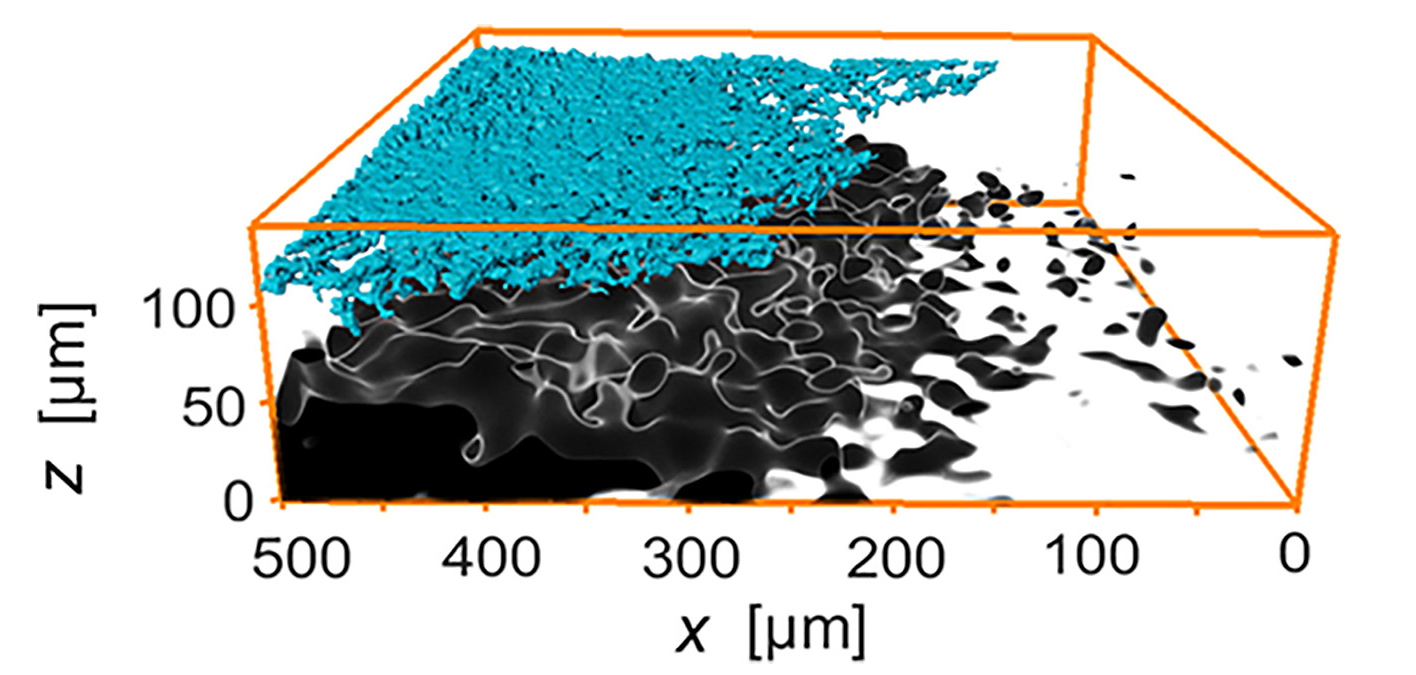One barrier to more widespread adoption of electric vehicles is charging time. The goal is to be able to charge a battery in as little time as it takes to fill up on gas—about six minutes. With current battery technology, however, charging typically takes at least half an hour. Pushing it faster could result in a buildup of lithium metal on the battery electrodes, which could pose a safety hazard.
Now, researchers have developed a way to see a three-dimensional picture of what’s happening inside a battery’s electrode while it’s being charged. “We’ve assembled a way to address the question of why certain charging rates are not accessible,” said Nitash Balsara, professor of Chemical and Biomolecular Engineering at UC Berkeley. “Once we know why a battery doesn’t charge effectively at certain rates, then we can propose some solutions.”
In Li-ion batteries, the negative electrodes consist of millions of individual particles of graphite. During charging, lithium ions are temporarily hosted (“intercalated”) inside these particles, which expand a little in response. By measuring these subtle expansions using the Advanced Light Source’s x-ray microtomography facility at Beamline 8.3.2, the researchers were able to infer particle lithiation states.
At faster charging rates, a thin layer of lithium metal accumulated (“plated”) on the surface of the electrode. More surprisingly, the researchers observed a “shadow effect,” in which a region of poor lithiation occurred at the back of the graphite electrode at some distance away from the lithium plating.
The researchers speculate that the plated lithium partially blocks pores that allow the lithium to penetrate into the graphite. This reduces the lithium salt concentration in the electrolyte so severely relative to unblocked portions of the electrode that, toward the bottom of the electrode, the lithium concentration is very small.
“In the end, we would like to change speculation into a formal answer using theory,” said Balsara. “The problem is complex, but solvable in principle. All our previous ALS experiments had been done on planar systems. Now that we have this more complex 3D structure, I see the world as being our oyster.”

A.S. Ho, D.Y. Parkinson, D.P. Finegan, S.E. Trask, A.N. Jansen, W. Tong, and N.P. Balsara, “3D Detection of Lithiation and Lithium Plating in Graphite Anodes during Fast Charging,” ACS Nano 15, 10480 (2021), doi:10.1021/acsnano.1c02942.